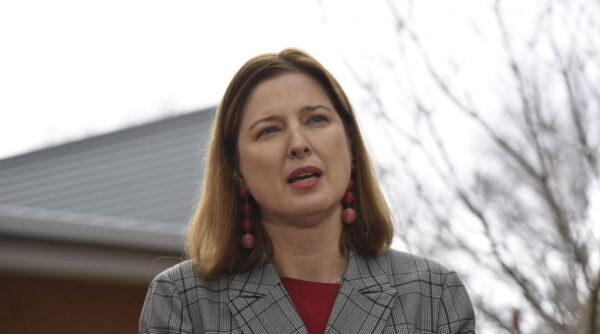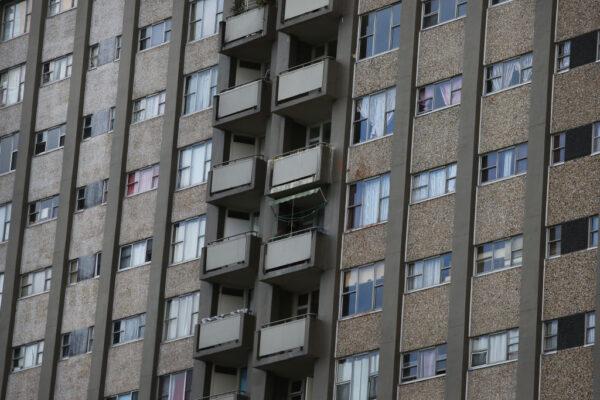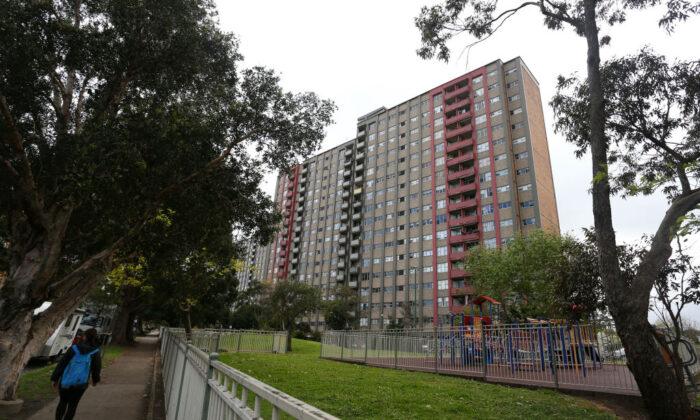The Australian government has introduced a $10 billion (US$6.95 billion) package to address the lack of social and affordable housing across the country, touting it as a “turning point” for Australian home ownership.
“Housing problems are widespread and visible ... the dream of a secure home has become so much harder,” Housing Minister Julie Collins said.
Details of the Legislation
The housing minister said the government expected to erect around 30,000 social and affordable homes in the first five years of the fund, among which 4,000 would be distributed to women and children who are domestic violence victims, as well as older women at risk of homelessness.It is worth noting that the fund will stay in perpetuity, and the government will use its returns to invest in housing across Australia.
However, the amount that can be withdrawn from the fund is capped at $500 million annually.
“This fund will be the end of the housing one-offs from the Australian government,” Collins said.

Also included in the legislation is the establishment of Housing Australia and the National Housing Supply and Affordability Council.
Under the new laws, the existing National Housing Finance and Investment Corporation to Housing Australia will be renamed Housing Australia with its functions streamlined.
The independent housing body will be tasked with ensuring housing fund is equitably and fairly distributed across all states and territories and among cities and regional areas.
Meanwhile, the National Housing Supply and Affordability Council will serve as an advisory body providing independent advice to the government on how housing policies should be implemented without creating distortions in the market.
“It will provide independent and expert advice on the right policies and the levers needed to address housing affordability,” Collins said.
Response from the Housing Industry
Following the announcement, Mike Zorbas, the CEO of Property Council of Australia (PCA)—a leading advocate body for the property sector, welcomed the government’s initiative to solve the national housing supply shortage with the participation of all levels of government and the business community.
The CEO also said his organisation supported the idea of granting the Housing Supply and Affordability Council powers that would allow it to assess the performance of the housing system and state and territory governments’ capacity to meet housing demand.
Nevertheless, Zorbas noted that the government needed to conduct further reform to solve housing issues.
It said federal, state and local government taxes, surcharges and levies accounted for between a third and 40 percent of new housing construction costs, which the peak body said was “lethal” for housing affordability.
Another problem identified in the report was the incapability of the three levels of the Australian government to ensure a sufficient supply pipeline for new homes and apartments.
“If we are serious about increasing housing choice and affordability, we need immediate changes to tax settings,” he said.
“That would create a level playing field for build-to-rent and unlock a sorely needed new stream of housing supply, as well as more supply of retirement living communities and purpose-built student accommodation.”





